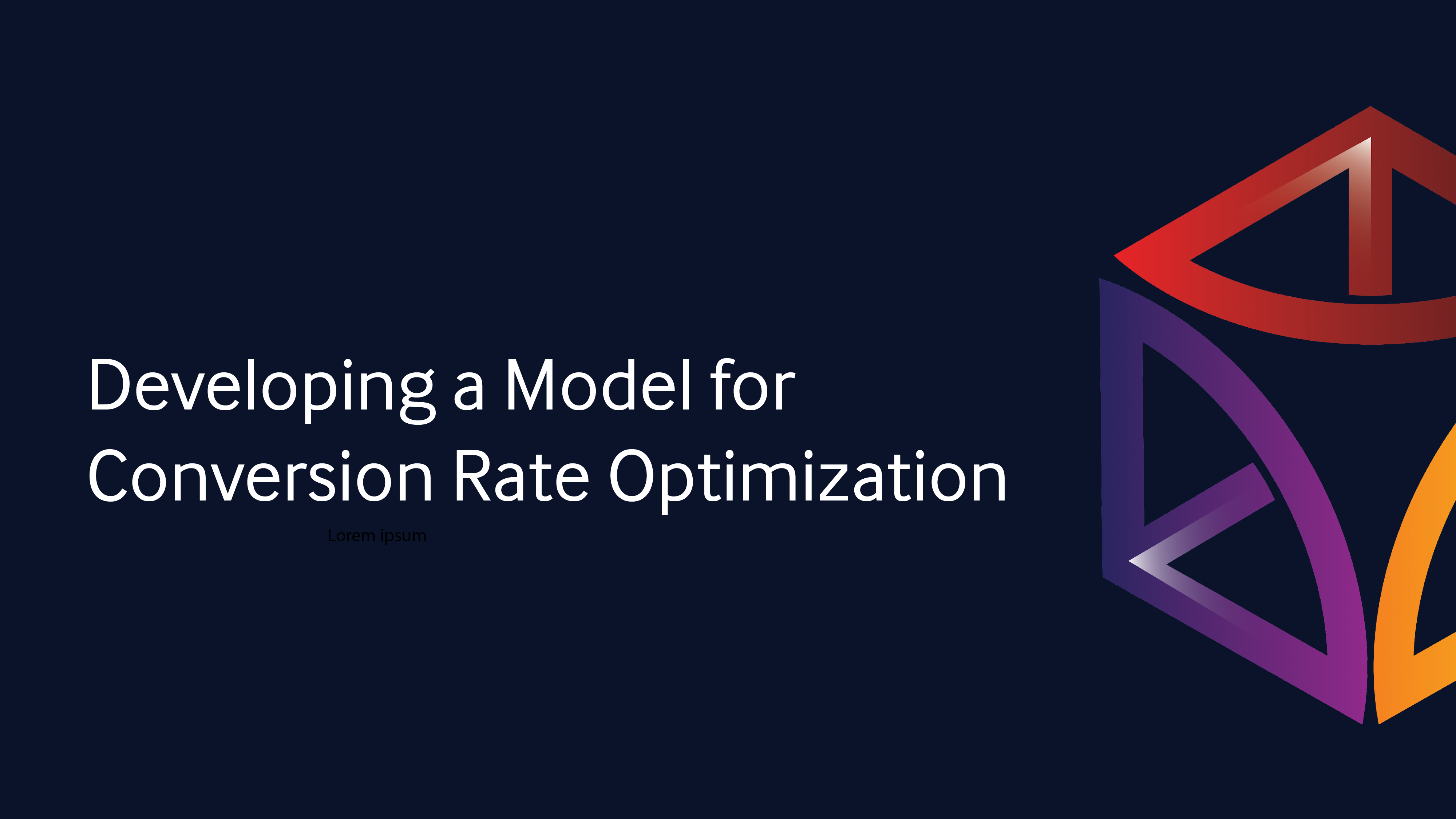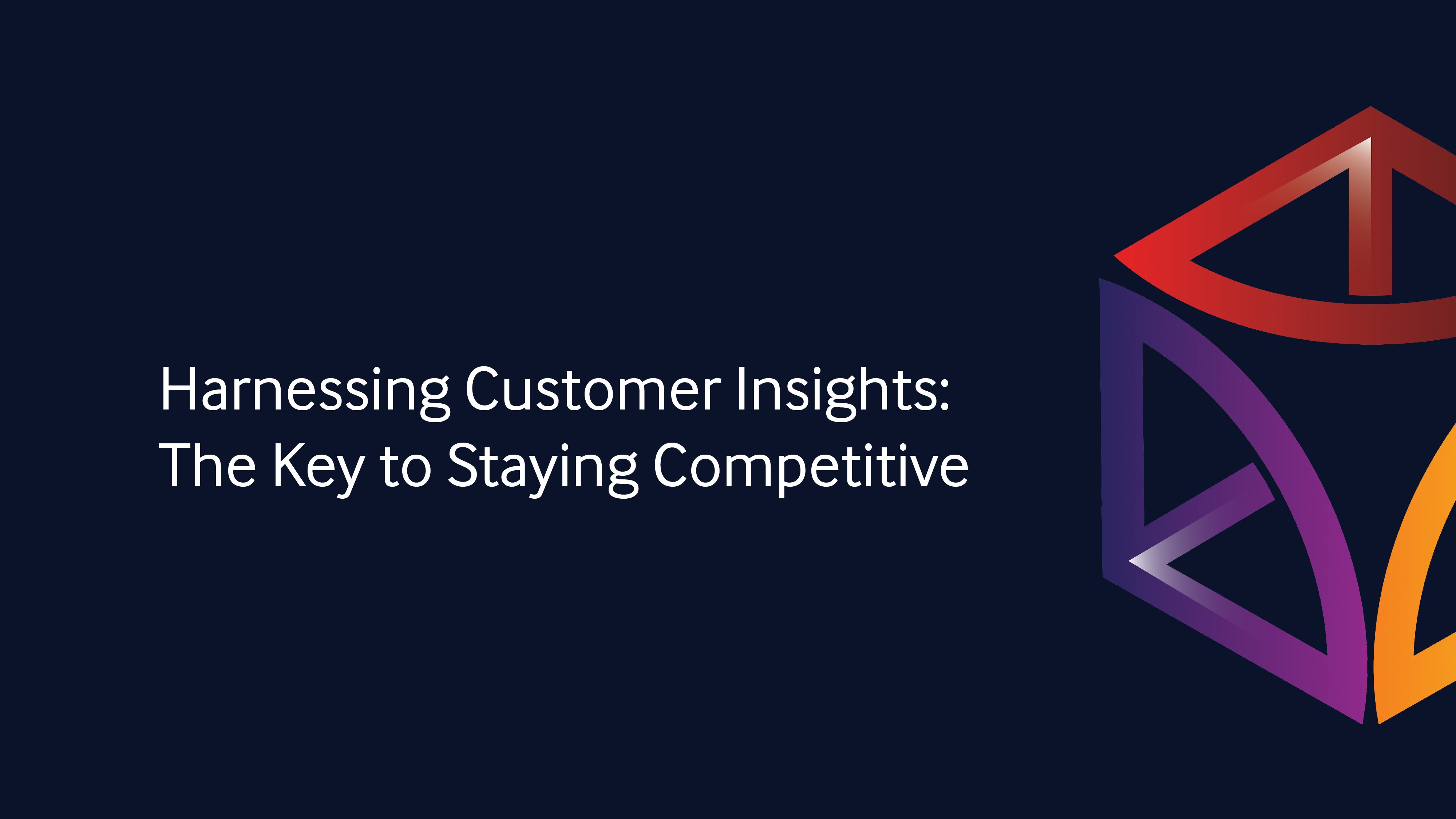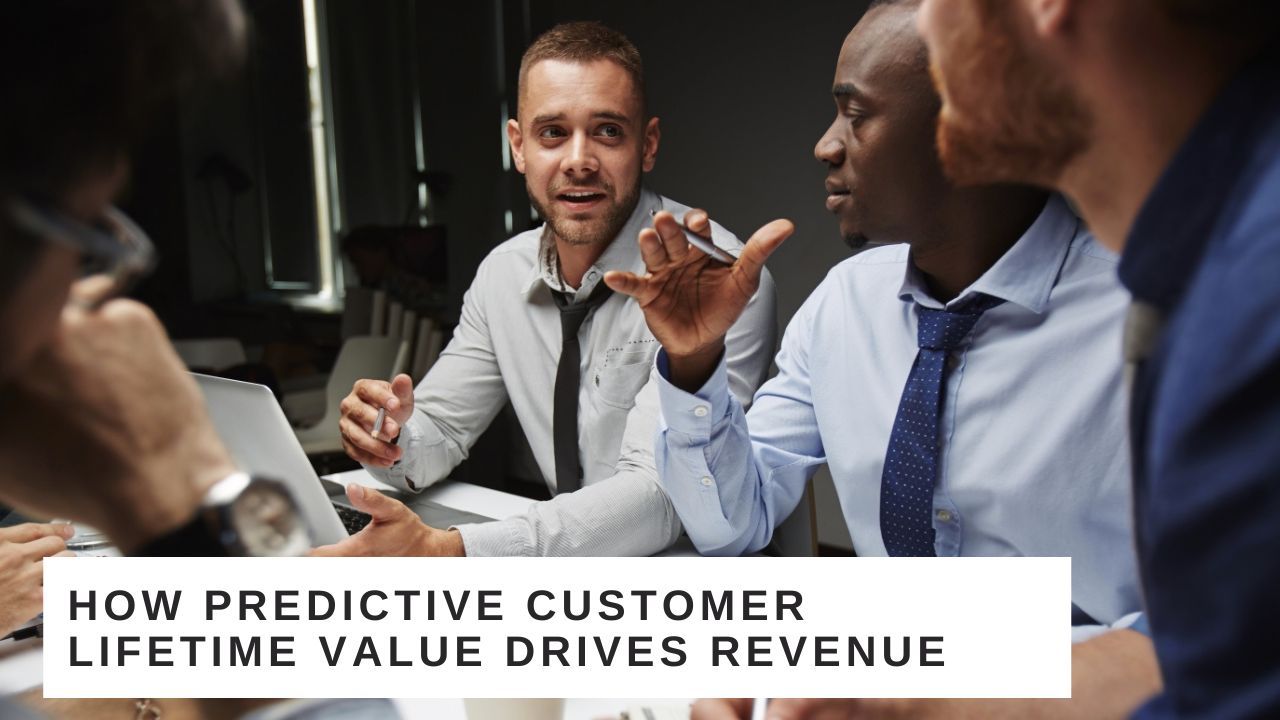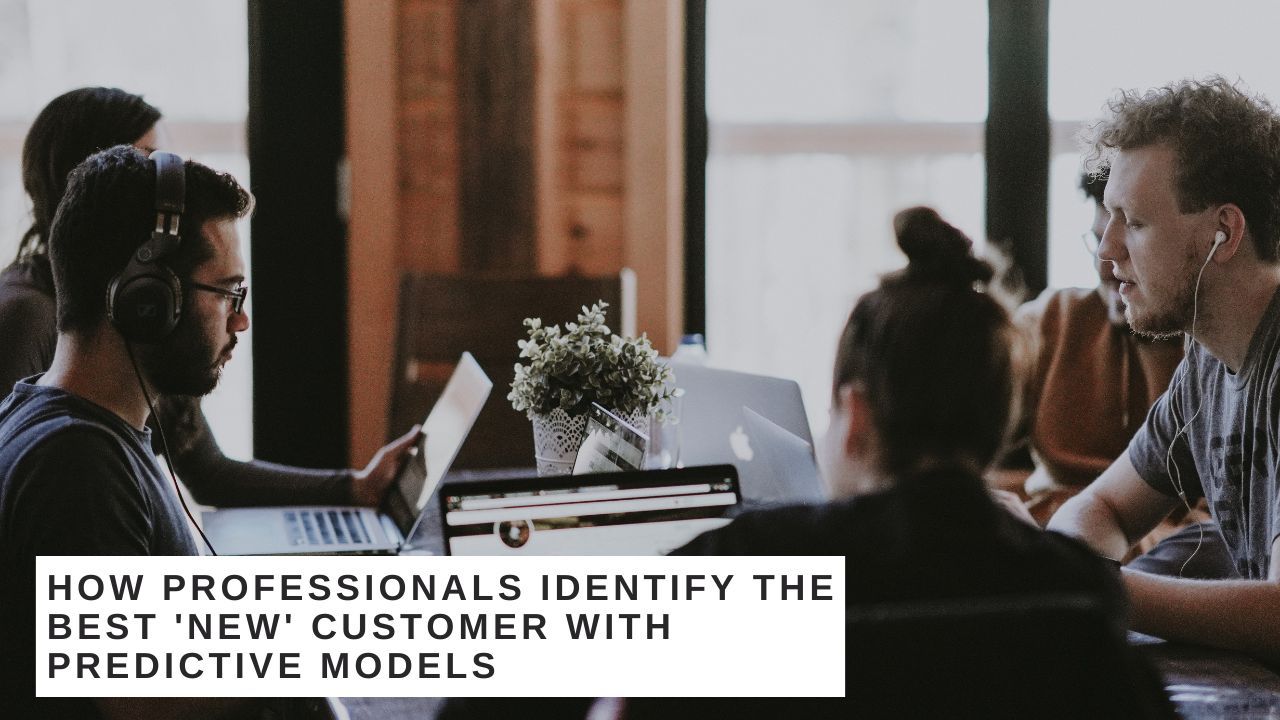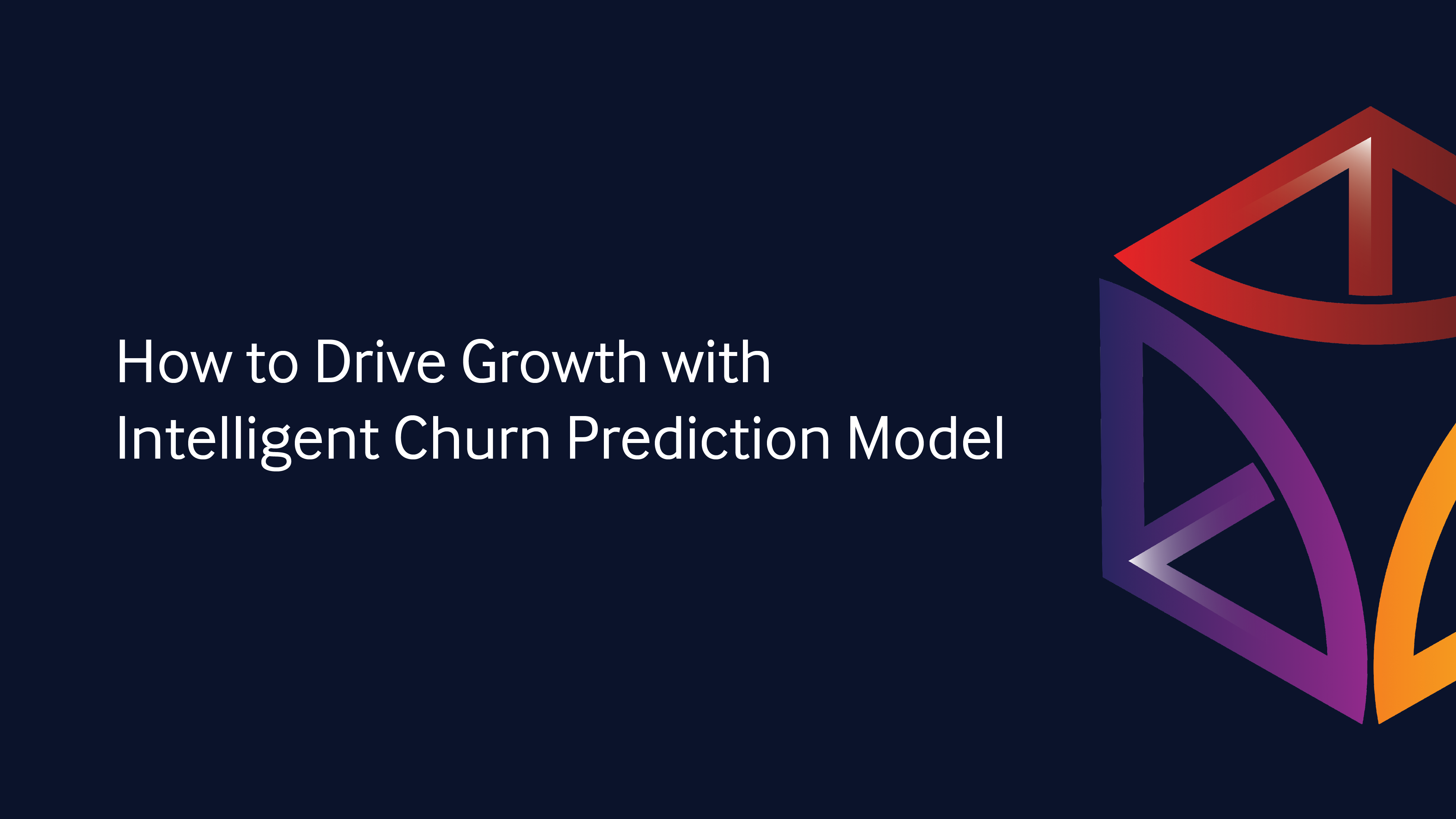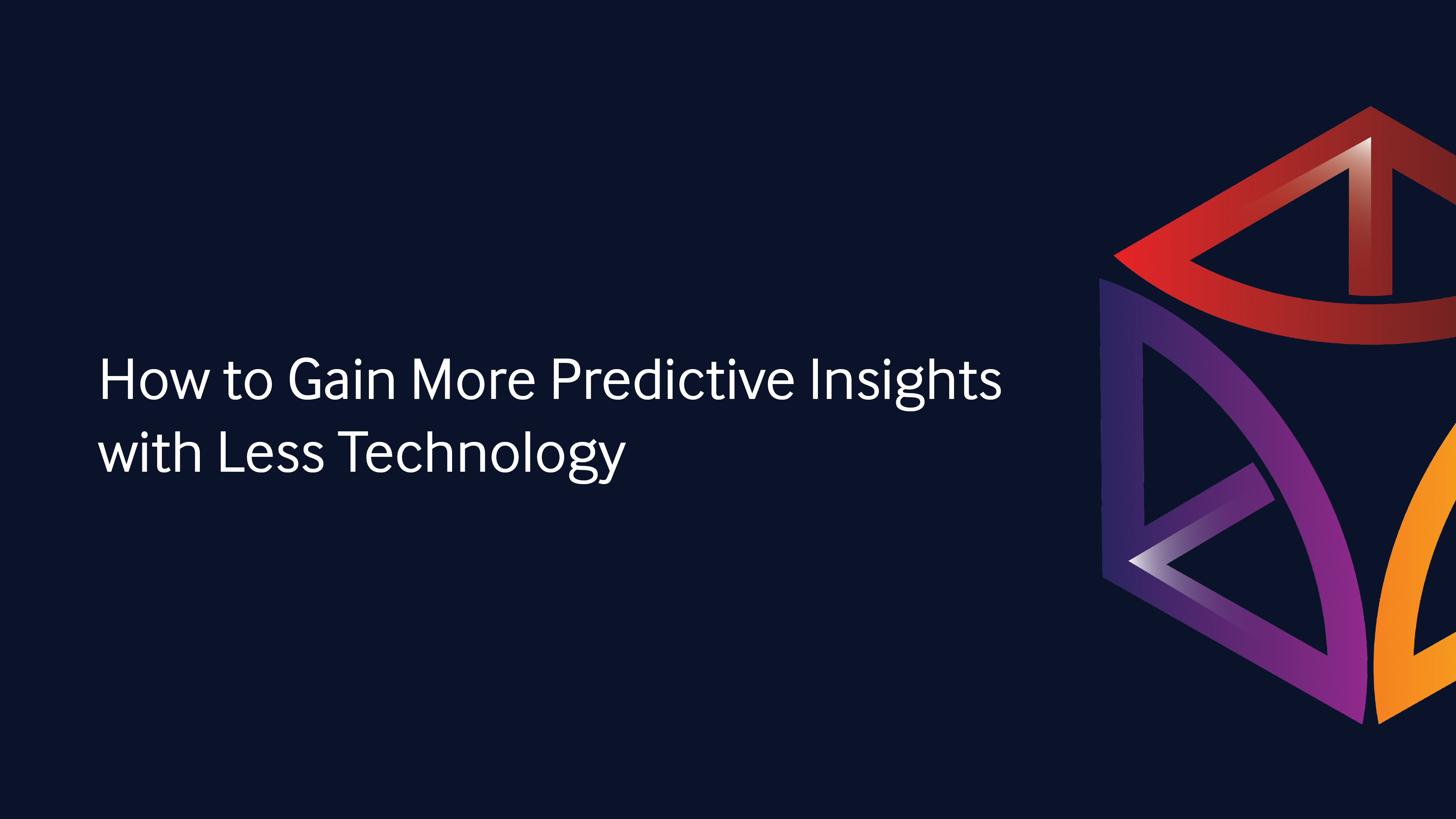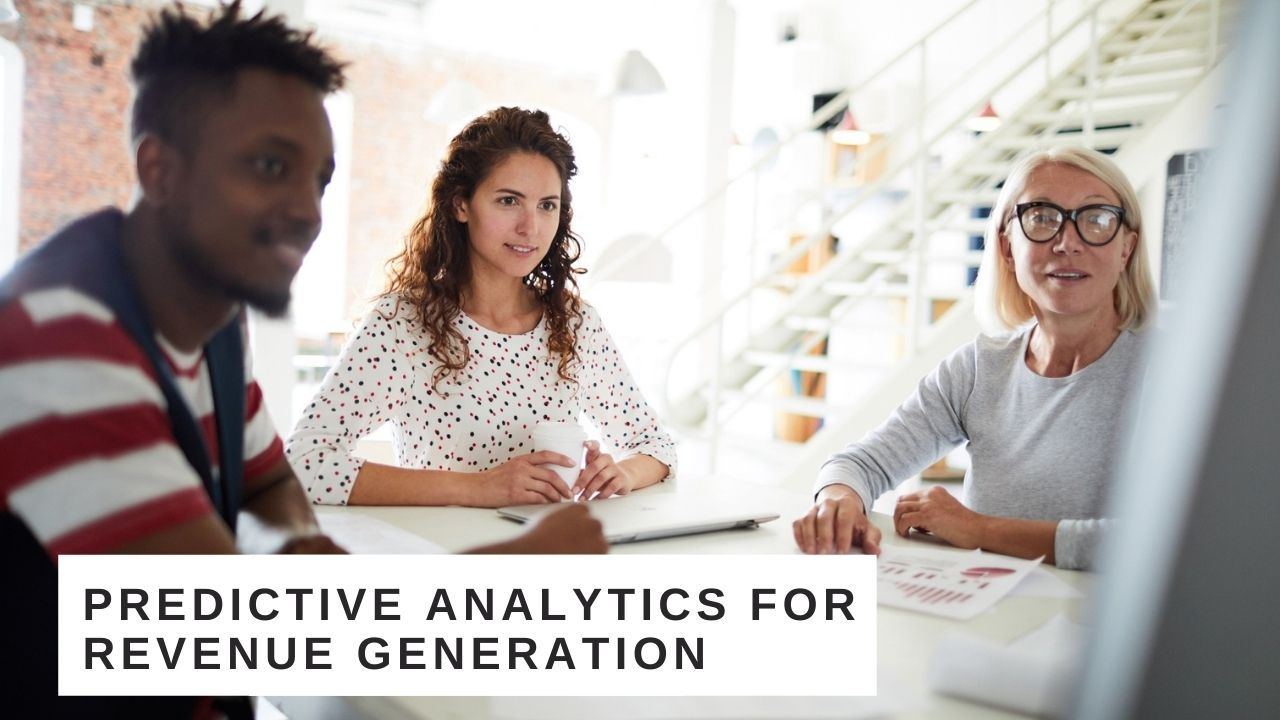
Table of Contents
- Predictive Analytics for Revenue Generation
- Executive Summary
- Why Use Predictive Sales Analytics for Revenue Generation
- Predictive Analytics Vs. BI for Revenue Growth
- Predictive Analytics Pitfalls Your Business Should Avoid
- Predictive Analytics Examples
- Benefits of Predictive Analytics
- Predictive Revenue Generation Tools
- Expected Results from Using Predictive Analytics
- Conclusion
- Hand-picked resources on analytics and insights
Executive Summary
Predictive analytics is a valuable tool for revenue generation. By analyzing past data and trends along with in-the-moment data, you can predict your customers’ behavior and use this information to target campaigns, identify high-value customers, and plan for future growth.
—
While concerns about staff and budget shortages caused by the COVID-19 pandemic have held back some businesses' analytics technology expenditures, for others, analytics has become even more essential, allowing organizations to navigate fast-changing client behaviors and supply chain disruptions.
The significance of predictive analytics in business was quite apparent in a 2021 survey conducted by Hanover Research for LogiAnalytics. The survey of over 2,000 knowledge workers found that 90% of respondents considered analytics to be "very or extremely important" when making business decisions. 87% of those surveyed said their firms used analytics "often or very often" to make decisions.
According to the numbers that Markets and Markets published recently, the market for predictive analytics is anticipated to nearly triple in size to $28 billion by 2026. Fast-growing enterprises are leveraging predictive analytics in today's hyper-competitive market to understand their customers better and optimize income, the effectiveness of their marketing spend, and, ultimately, improve their bottom line.
Why Use Predictive Sales Analytics for Revenue Generation
Predictive analytics is an interdisciplinary field of science and business that uses data and statistics to predict future events. We can define it as the process of using new and historical data to foresee your consumer base's results, activity, behavior, and trends.
Predictive analytic models use historical data (i.e., how well certain products sell together; what percentage of people who visit your website end up buying something) and predictive models (factors such as location, season, time of day, type of device used, etc.) to create statistically-supported projections about future behavior patterns or outcomes. But how can predictive analytics be used in business? There are several reasons why you might want to employ predictive sales analytics in your revenue generation strategies. These include:
- To identify new customers, markets, and ways to generate revenue
- To cross-sell new products by identifying combinations that would appeal to current customers.
- To better understand customer behavior, including what motivates them to buy your products or services and their spending patterns and preferences.
- To predict changes in demand and prepare for fluctuations in sales.
- To make marketing and advertising more impactful through audience analysis, including identifying the best possible target audience for a campaign or ad.
- To identify opportunities for pricing optimization, e.g., by the time of day or day of the week, based on historical data that helps you anticipate customer behavior.
- To predict churn risk, enabling you to proactively address customer dissatisfaction before it results in a loss of revenue.
Predictive Analytics Vs. BI for Revenue Growth
Predictive analytics and BI (business intelligence) are two different technologies used to generate more revenue. While both technologies can analyze past data and trends, BI is for diagnosis, while predictive analytics is for probabilistic outcomes. BI will help you understand what is happening in your business, while predictive analytics will help you know what is likely to happen.
Predictive Analytics Pitfalls Your Business Should Avoid
The following are some of the pitfalls to be aware of when using predictive analytics:
- Making wrong assumptions about the predictive analytics training data you want to use.
- Not making enough effort to eliminate bias in your training data.
- Forgetting to validate the results of your predictive model.
- Not carefully weighing the costs and benefits of a predictive analytics solution compared to alternatives such as gut instinct, intuition, and experience.
- Failure to recognize that the accuracy of predictions is only as good as your training data.
- Expecting machines to make better decisions than humans.
- Not basing predictions on a variety of input factors.
Predictive Analytics Examples
Here are some fascinating examples of predictive analytics in action:
- Predicting customers' behavior in retail.
- Predicting the next best outcome or event.
- Predicting legal outcomes in court.
- Predicting the outcome of sporting events.
- Predicting financial risk and creditworthiness for mortgages or other loans.
- Helping computers to recognize images
- Detecting illness and disease outbreaks in healthcare
- Decoding the language of whales
Benefits of Predictive Analytics

Predictive analytics allows companies to forecast the consequences of present market conditions and operations, allowing owners to make well-informed decisions. It aids organizations in optimizing their internal processes, improving client satisfaction, managing budgets, identifying new market opportunities, and anticipating the impact of external events.
Some of the benefits of predictive analytics for revenue generation are:
- Operational Efficiency: Thanks to predictive revenue analytics, managers can devote resources to new initiatives based on near-perfect forecasts of when ongoing work will be completed. They can integrate predictive analytics into their day-to-day operations to make them more efficient.
- Customer Churn Forecast: You can use predictive models to assess the influence of various variables, such as customer satisfaction, customer service quality, and churn rate, towards discerning what's causing loss and using that information to reverse the process.
- Lead Segmentation: Using data and machine learning, you can create segmented groups to forecast the leads that require greater focus and how much time and resources will be necessary for an ML project. Insights into consumer behavior afforded by predictive analytics allow marketers to do audience segmentation and identify which ones are closest to conversion.
- Campaign Optimization: Leverage predictive analytics project management to choose the best channels for each piece of content, the best language to use when reaching the different target demographics, among other variables that influence user acceptability. You can use predictive analytics to design customized campaign messages as if you’re speaking to an audience of one.
- Customer LTV: The customer lifetime value model refers to the estimated value of a customer to a company over the entire period of their relationship with that company. You can use predictive analytics to do customer lifetime value calculation assessing the customer’s future value to determine how much effort you should put into acquiring and retaining them.
- Business Data: CFOs can use predictive analytics for more precise planning, forecasting, and making decisions based on existing data. Your company can use predictive analytics to anticipate outcomes, expose hidden problems and risks, identify underutilized opportunities, anticipate what's coming, and act fast.
- Risk Management: Analyze a client's credit risk or the potential consequences of that investment to your enterprise, and forecast the likelihood of profit or loss.
- Fraud Detection: The increased attention on cybersecurity has made many businesses take extra caution and look for security solutions to resolve vulnerabilities and detect anomalies quickly. Using predictive analytics, you can spot threats and avoid scammers in real-time.
Predictive Revenue Generation Tools
There are various tools that you can use to implement revenue-generating ideas for business. Some popular options include:
- Predictive modeling software: This software helps you build models that predict customer behavior or churn. It includes features such as data mining, modeling, and scoring.
- Predictive marketing platforms: These platforms use algorithms to predict which customers are likely to buy a product or service. They then send targeted ads to those customers.
- Predictive analytics platforms: This type of software helps you analyze data to predict future events. It includes features such as data mining, modeling, and forecasting.
- Text analytics: Text analytics software extracts valuable information from text data. You can use this information for predictive modeling and segmentation.
- Customer relationship management (CRM) systems: Many CRM systems include predictive analytics functionality. This allows you to track customer behavior and identify trends you can leverage for revenue growth.
Expected Results from Using Predictive Analytics
Predictive analytics helps businesses understand and transform data into insights. A growing number of companies are using predictive analytics to gain a competitive advantage, make data-driven decisions, and improve customer satisfaction.
Predictive analytics brings into business data-driven forecasting, allowing them to:
- Optimize processes and performance: Predictive analytics can help you identify bottlenecks and optimize your processes to achieve better performance.
- Prioritize workloads: Predictive analytics can help you quickly identify the most critical tasks and allocate resources accordingly.
- Monitor progress and KPI’s: You can use your existing data to monitor the progress of ongoing tasks to adjust, improve or eliminate them.
- Achieve smarter pattern detection: Predictive analytics can be used to automate the detection of unusual patterns or activities, such as online fraud.
- Aggregate and correlate information: The data produced by significant numbers of people, devices, and systems are often unstructured or spread across different databases. Predictive analytics leverages big data architecture to quickly and easily identify and group related information.
- Catch suspicious trends before a loss occurs: Predictive analytics can be used to detect fraudulent behavior or other malicious activities before significant damage is done.
- Achieve improved collaboration and control: Predictive analytics can help you control your business processes by providing insights that you can use to enhance a collaborative workflow.
Conclusion
Predictive analytics is not a one-time event. It is an ongoing process that needs to be refreshed regularly. The results of your analysis can help you determine which data needs to be collected and how you can improve the model over time, making predictive analytics a valuable tool for your revenue generation plan.
For revenue growth management, your company must use its data to mitigate challenges and risks as well as identify strong opportunities. Few technologies are as effective in doing this as predictive analytics. The future is now for businesses that adopt predictive analytics.
Put It Forward uses machine learning and data analytics to power its predictive analytics solutions. The company has harnessed state-of-the-art technology with human connection for unique experiences at scale. It is revolutionizing how businesses run on this new paradigm creating an agile environment where transformation can take place over time.
With Put It Forward's no-code solutions, you don't have to worry about coding. The AI and predictive analytics solution handle it all for you with propensity and internet-based marketing solutions built in! You can use our models as a testing ground before implementing them on your site—saving time while adapting quickly enough whenever needed. Our predictive analytics tools benefit every level of your daily revenue-generating activities, taking into account fast-changing customer data and the level of sway that change has on your revenue growth formula.
Contact us today and get a free consultation of this simple yet very powerful data analytics solution.

Elsa Petterson
Partner success manager @ Put It Forward
